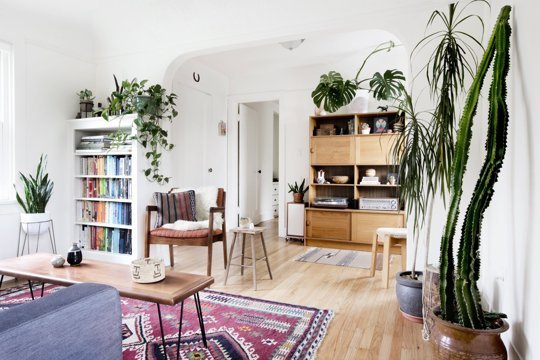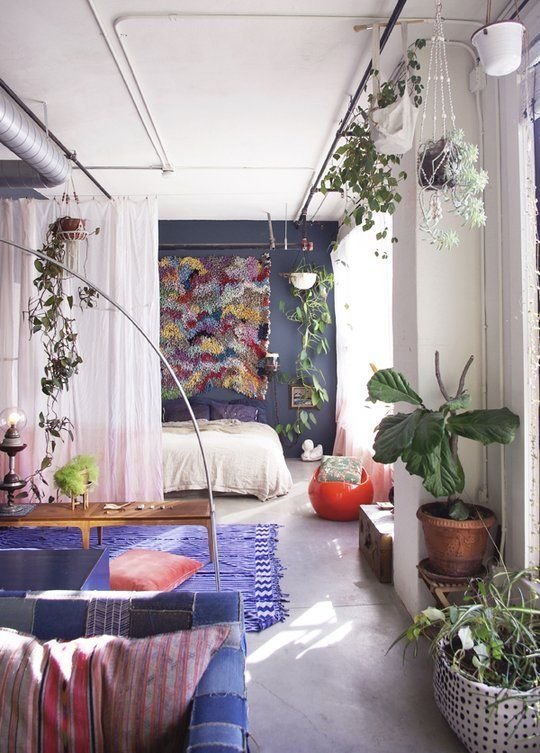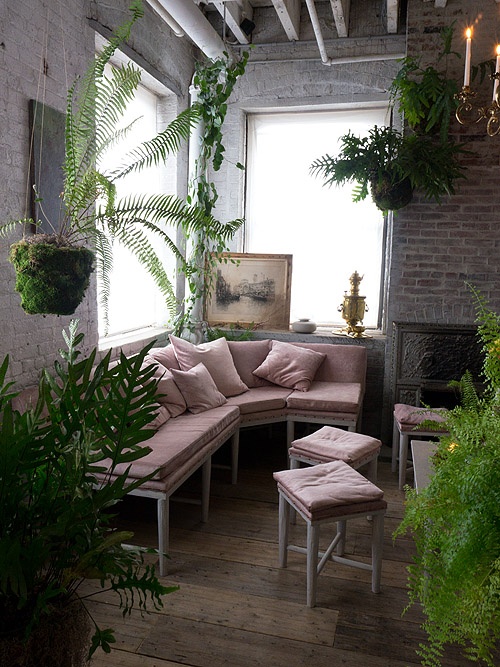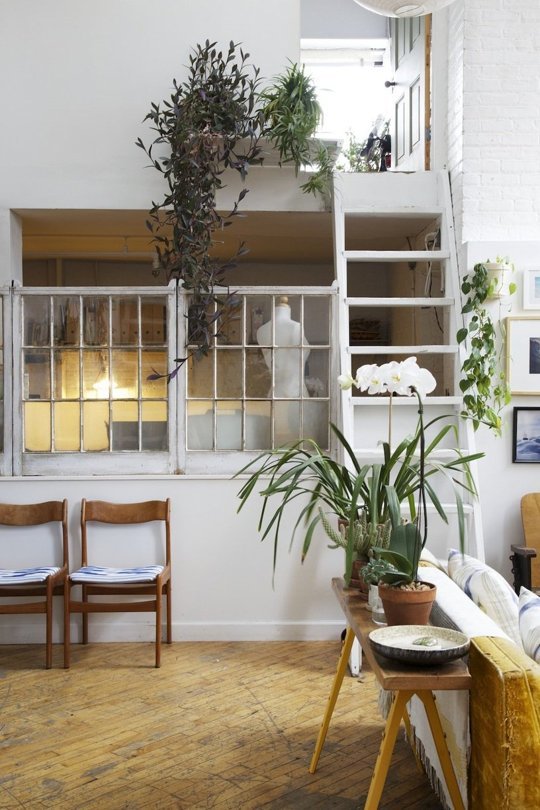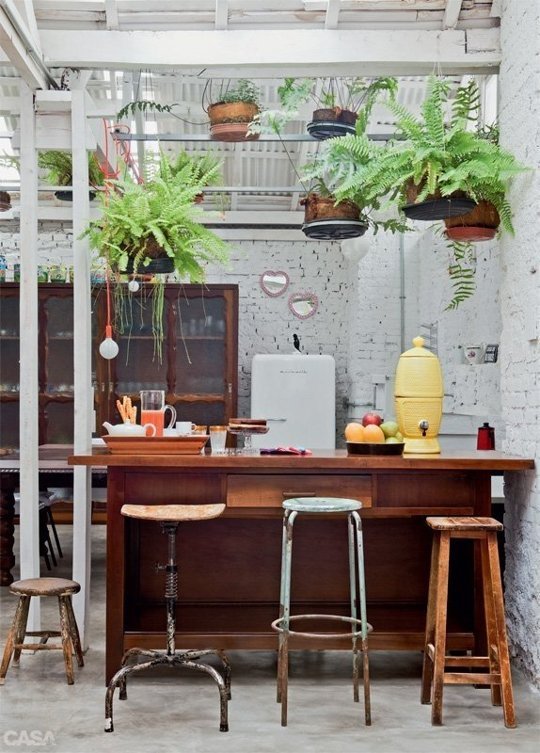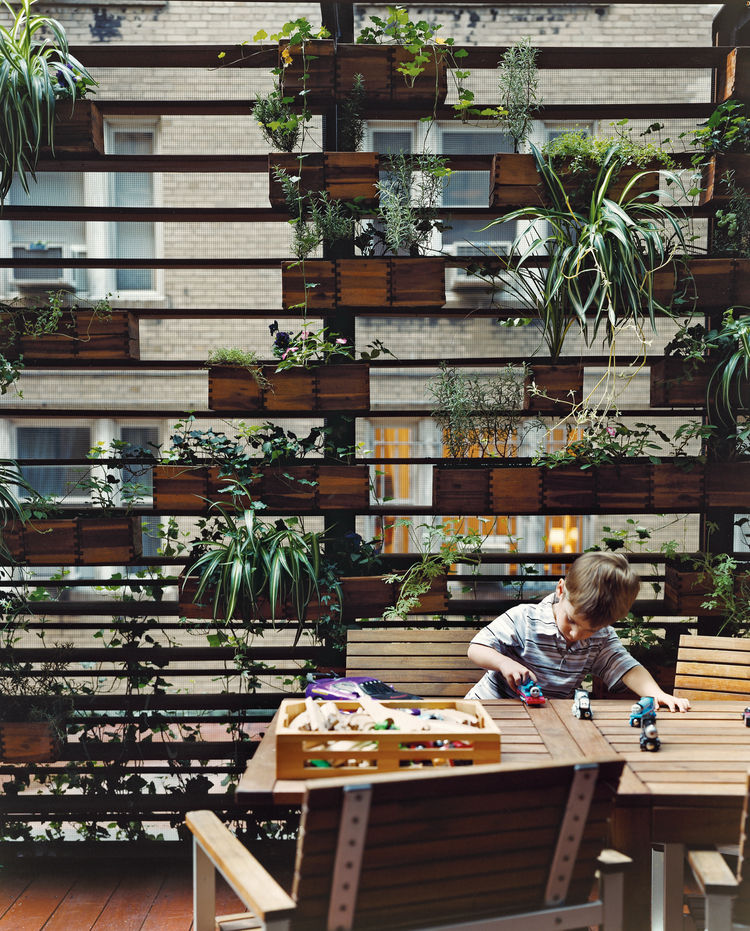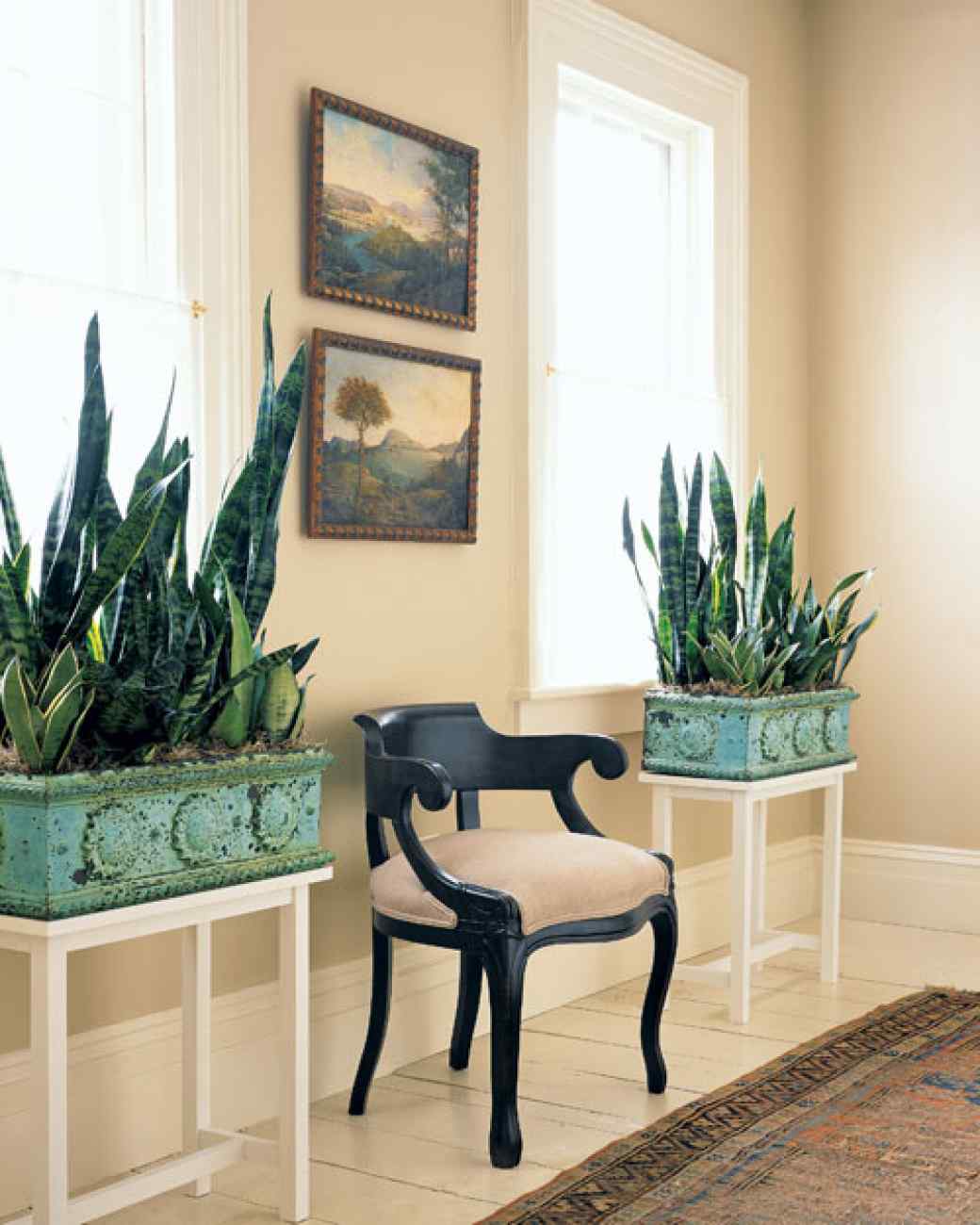Most of us understand the basics of landscape design outdoors - deciding where to route walkways and sitting areas so they make the most sense. Choosing where to establish new plants so they will thrive and not create issues as they grow.
And we understand the basics of interior design - how the choice of furnishings, fabrics, lighting, window treatments, etc., all play into our rooms' function and feel.
But how seriously do we consider plants in our indoor spaces? Are houseplants just for decoration or can they do more?
Indeed, indoor plants carefully placed for problem-solving uses and architectural effects can make a dramatic impact on our space. They can screen, soften, accent, even shade the same way plants do outdoors.
A few basic guidelines can help you best include indoor plants in your indoor spaces.
Analyze Your "Site"
Look around at your room (or rooms) and ask yourself these questions:
What do you like or dislike about the space?
What features or views stand out for you?
What aspects are ugly, glaringly bright, too drab, or just need a little livening up?
How do these features look from different angles as you walk around the room?
It might help to actually sketch or map these "good" and "bad" spots, as we would approach an interior or landscape design.
In this process, some designers consider the principles of feng shui - the idea of energy flow through our physical space and how it affects us emotionally. Jarring elements such as an awkward-angled wall or gaping hallway might be mitigated with careful placement of plants.
Once you've pinpointed these spots that need help, you can start to decide what shape, size, and type of plants might fit well there.
Right Plant Right Place
Just as we follow this mantra for outdoors, we should make our initial plant choices based on the growing conditions. For indoor plants, this means: how bright, how moist, and how warm?
We tend to categorize most houseplants by their preferences of light (high, medium, or low) and moisture (keep evenly moist, let dry moderately between waterings, or let dry completely between waterings). There are also some houseplants with a strong preference for heat or tolerance of cold, but many are fine with our typical room temperature ranges.
Individual Style
Then there is personal preference: are you going for a bold, tropical look? Soft and ferny? Modern and architectural? Perhaps a variety of styles?
Once we’ve narrowed these categories, we can develop our shortlist of which plants go where. Tall, vertical dracaena alongside the tall fireplace panel? Lush, spreading philodendron spilling over the stairway ledge? These decisions are much easier once you've done the analytical part.
And, of course, don't forget the color and style of your plant containers. Some may fit with your space better than others.
One tip for any type of design, which I always try to emphasize:
preserve your open space.
Resist the temptation to fill it completely with lots of cool stuff. It can be a fine line between enhancing our rooms with plants and other creative touches, and filling them to the point of clutter.
Need some inspiration? At Swansons, we're always available with displays and ideas, and you can use #heyswansons for advice and inspiration on social media.
Click on these images to see some great online examples of finished designs using indoor plants.


